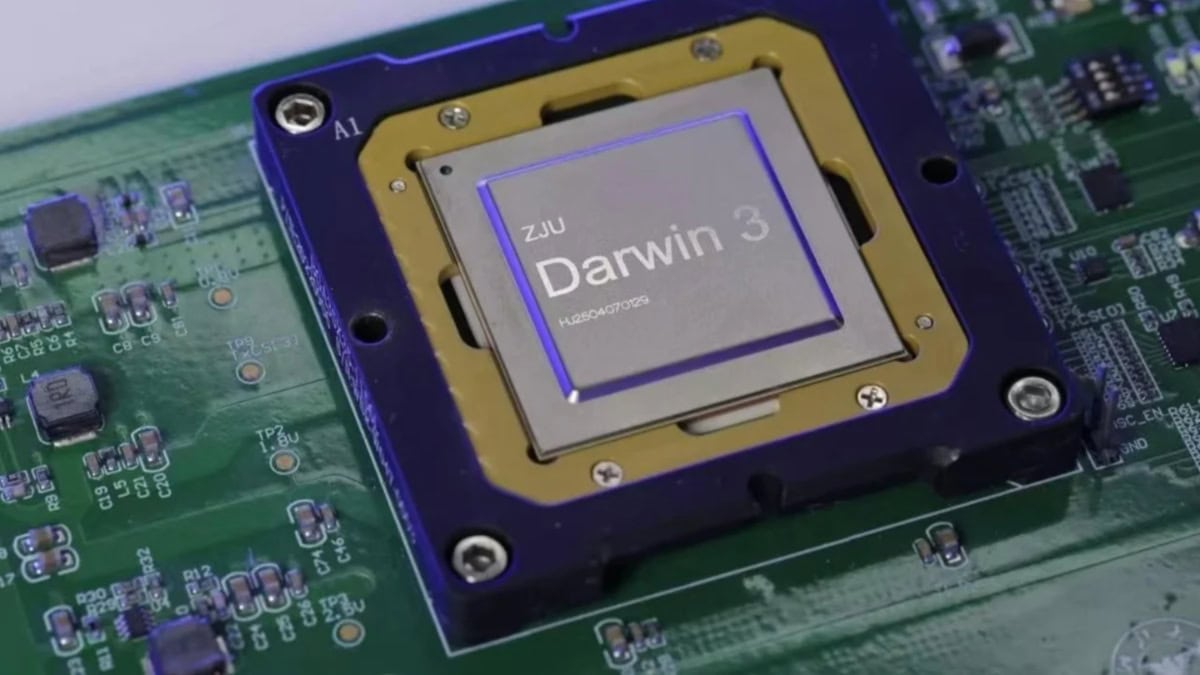
Chinese engineers have introduced the world’s largest scale brain-like computer, named Darwin Monkey, designed to replicate the workings of a macaque monkey’s brain. Developed by the State Key Laboratory of Brain-Machine Intelligence at Zhejiang University, this advanced system supports over 2 billion spiking neurons and 100 billion synapses, closely mirroring the neuron count found in a macaque brain.
Operating under typical conditions, Darwin Monkey consumes around 2,000 watts of power, showcasing its efficiency despite the complex computations it performs.
Darwin Monkey is the first neuromorphic brain-like computer to utilize dedicated neuromorphic chips. Equipped with 960 Darwin 3 neuromorphic computing chips, the system forms a robust architecture of 15 blade-style servers. These third-generation neural processing units were independently developed through a collaboration between Zhejiang University and Zhejiang Lab.
Each Darwin 3 chip is capable of supporting more than 2.35 million spiking neurons and hundreds of millions of synapses. It also incorporates specialized instruction sets for brain-inspired computing and supports online neuromorphic learning mechanisms.
Massive Chip Array Enables Complex Brain-Like Functions
The system’s chip array enables Darwin Monkey to support over 2 billion pulsed neurons and 100 billion synapses. This makes it the first brain-like computer to integrate advanced cognitive functions such as vision, hearing, language processing, and learning abilities, according to reports from People’s Daily.
Researchers have already deployed various intelligent applications on Darwin Monkey. The system can run the DeepSeek brain-inspired large model to perform tasks like logical reasoning, content generation, and solving mathematical problems.
The Darwin 3 chips powering the Darwin Monkey system feature a unique set of brain-inspired computing instructions, enhancing its capability for neuromorphic learning. According to Global Times, these advancements stem from breakthroughs in neural interconnection, system integration, and the development of next-generation brain-inspired operating systems.
With Darwin Monkey, China aims to push the boundaries of artificial intelligence by creating systems that can process information in a way that mirrors biological brains. The project represents a significant step forward in neuromorphic computing, combining large-scale architecture with advanced AI models for enhanced learning and reasoning.
